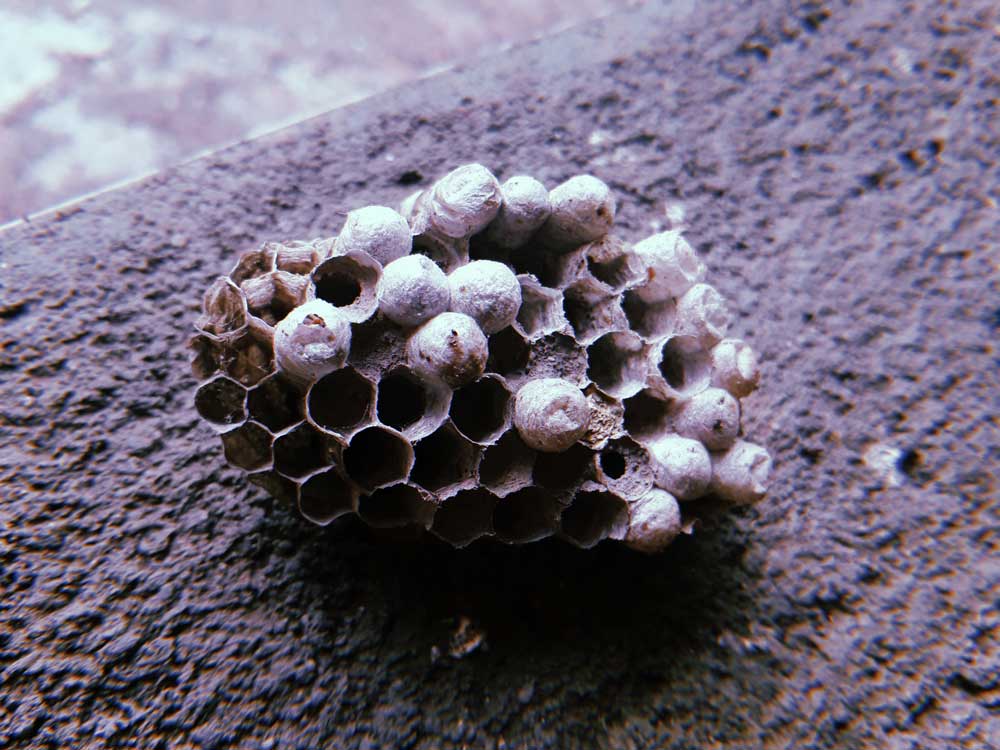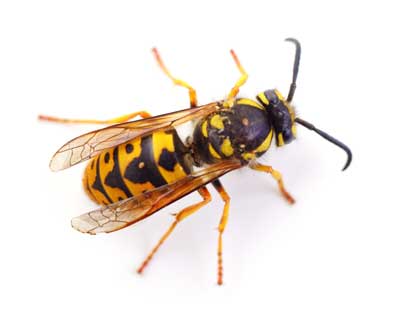Getting Rid of a Small Wasp Nest Safely and Effectively

Spotting a wasp nest near your home can be unnerving, even if it’s just a small one. The sound of buzzing, the sight of wasps getting in and out, and the risk of stings can make anyone feel uneasy. Whether it’s tucked under a shed roof, hidden in the attic, or attached to garden furniture, getting rid of a small wasp nest quickly is important for your safety and peace of mind. When dealt with early, there are fewer wasps to contend with, the risk of aggression is lower, and the nest is easier to access and remove. Acting at this stage is far simpler than dealing with a fully established nest, such as when removing a large wasp nest later in the summer.
The good news is that with the right timing, protective clothing, and safe techniques, you can manage the problem before it grows into something more serious. Acting promptly can prevent the nest from expanding, reduce the chance of stings, and protect your home from potential damage.
Why Early Action is Important When Getting Rid of a Small Wasp Nest
Wasps are naturally defensive of their nests. Unlike bees, and if you’ve ever wondered how are wasps different from bees, one key difference is that wasps can sting multiple times; they can quickly become aggressive if they feel threatened. They also release alarm pheromones that draw more wasps to the area. For anyone with an allergy, even a single sting can cause a severe reaction.
One of the biggest advantages of getting rid of a small wasp nest early is that you’re dealing with fewer insects. In early spring, a nest might only house the queen and a few workers. By late summer, that same nest could have grown to the size of a basketball, similar to a ground wasp nest, containing hundreds of wasps. At that point, professional wasp nest removal is usually the safest choice.
Prompt action also reduces the risk of property damage. Wasps chew wood fibres to create their papery nest structure, which can affect sheds, fascia boards, and even areas like a wasp nest in the wall or a wasp nest in roof tiles.
Recognising a Small Wasp Nest
A small wasp nest is usually between two and six inches wide, with a grey, papery appearance. Wasps build it by mixing chewed wood with saliva, producing a lightweight but strong structure. At an early stage, you might see open hexagonal cells used for eggs and larvae.
Nests are often found under roof eaves, in shed corners, inside garages, or around door frames. Sometimes, they appear in unusual spots, such as a wasp nest in a window frame or a wasp nest in vent covers. You might also find them in sheltered garden spaces, similar to where you’d spot a wasp nest in tree or a wasp nest in garden.
If you’re unsure whether it’s active, observe it from a safe distance during daylight. A steady stream of wasps flying in and out confirms activity. Paper wasps are a common species in Ireland, often build umbrella-shaped open combs, while other species may build concealed nests, like a wasp nest in soffit or a wasp nest in attic.
Preparing for Safe Removal
Before starting, wear full protective gear: long sleeves, trousers, gloves, closed shoes, and safety goggles. Light-coloured clothing is best, as dark colours can trigger aggression. If you have a beekeeper-style veil, it’s worth using. Choose a time when wasps are less active, typically early morning or late evening.
Clear the area of people and pets. Let neighbours know if the nest is near shared spaces. Always plan an escape route in case the wasps become aggressive. If you’re dealing with more aggressive species, like hornet wasp, or with nests in awkward places, consider hiring professionals instead.
Practical DIY Solutions for Getting Rid of a Small Wasp Nest
For most homeowners, a wasp-specific aerosol spray is the quickest method. These sprays have a long reach, allowing you to treat the nest from a safe distance. Stand upwind, aim at the entrance, and spray in short bursts. Wait at least 30 minutes before approaching.
A soapy water solution is a more eco-friendly option. Mixing four tablespoons of washing-up liquid with a litre of water will block the wasps breathing pores. Apply the spray directly to the nest during the cooler parts of the day. This method is slower but works well for very small, accessible nests, especially if you prefer natural wasp removal over chemical products.
Wasp traps can also help reduce numbers before tackling the nest. Baited with sweet liquid, they draw wasps away from the main structure, making removal safer. However, traps alone won’t remove the nest.
Physical removal should only be attempted when the nest is completely inactive. Using a long-handled scraper, gently detach it and seal it in a bag before disposing of it. Clean the site thoroughly to remove any scent markers that could attract more wasps.
When Getting Rid of a Small Wasp Nest Requires Professional Help
Sometimes, the risks of DIY removal outweigh the benefits. If the nest is in a hard-to-reach area, such as a wasp nest under deck, or a wasp nest in chimney, or concealed deep inside a wall, specialised tools and training are essential.
Professional pest control services remove the nest safely and provide guidance to help prevent future infestations. This can be especially important if you’ve had recurring nests during the wasp breeding season or are dealing with multiple colonies on your property.
Preventing Future Nests
The best prevention strategy is to act before a queen establishes a colony. Regularly check potential nesting spots in early spring, especially areas that previously had issues, such as where you found a wasp nest in window or wasp nest in garden. Seal gaps, fix loose tiles, and keep sheds closed. Reduce food sources by keeping bins sealed and cleaning up fallen fruit quickly.
You can also use deterrents like decoy nests and wasp-repelling plants, but for persistent issues, combining these with professional advice is the most effective approach.
Stay Safe and Informed About Getting Rid of a Small Wasp Nest
Getting rid of a small wasp nest early in the season is far safer and simpler than tackling a large, established colony later in the year. By acting promptly and using the right combination of preparation, timing, and technique, you can protect both your safety and your property. Whether you choose a commercial spray, a soapy water solution, or enlist the help of a professional, the key is to prioritise caution and avoid unnecessary risks.
If you’d rather leave getting rid of a small wasp nest to the experts, our trained team provides safe, efficient, and reliable wasp nest removal for nests of all sizes. We’ll resolve the problem promptly and offer advice to prevent future infestations. Call us today on 087 254 2839, email michael@waspnestremoval.ie, or use our contact form to arrange your inspection and stay wasp-free with confidence.
